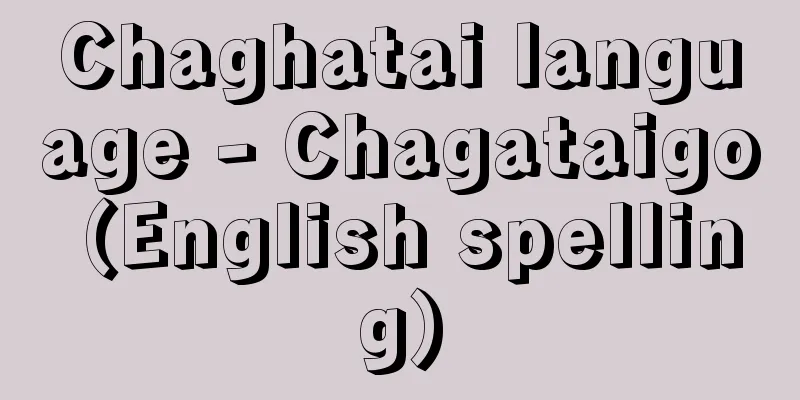60th birthday - Kanreki

|
A title for the 61st year of age. It is also called Kako or Honke-gaeri. Kako is a combination of the character for flower, which is made up of six tens and one, and the character for one is the character for year, which is the Ko from Kinoene, meaning age. Kanreki and Honke-gaeri come from the fact that, when counting age according to the Chinese zodiac, one returns to the same Chinese zodiac sign as the year of birth in the 61st year of the Chinese zodiac. In the old days, people celebrated their 60th birthday every 10 years from the age of 40, but from the end of the Muromachi period, the custom of celebrating 61st year of Kanreki began to appear. Relatives and friends hold celebrations and give gifts, and similar customs can be seen throughout the country. In Kagawa Prefecture, it is said that the 61st birthday celebration is the one that is celebrated by the child, and in some places two large rice cakes are distributed, and in other places red and white rice cakes are distributed with crescent-shaped bean cakes filled with soybeans. In Kanagawa Prefecture, people used to visit the shrine in red attire, including a hood, kimono, haori, obi, and tabi socks. The date was set to November 15th, the day of the Shichigosan festival. Recently, the average life expectancy of both men and women has increased, so celebrations for the 60th birthday are no longer as grand as they used to be. [Oto Tokihiko] Source: Shogakukan Encyclopedia Nipponica About Encyclopedia Nipponica Information | Legend |
|
数え年61歳の称。華甲(かこう)、本卦(ほんけ)返りともいう。華甲というのは、華の字が十の字六つと一の字からなっており、甲は甲子(きのえね)の甲で歳の意である。還暦、本卦返りというのは、干支(えと)によって年齢を数えるとき、数え年61年目に、生まれ年と同じ干支に返るからである。古くは40歳から10年目ごとに年祝いをしたので60歳を祝ったが、室町時代の末ごろから61歳の還暦を祝う風がみられるようになった。親戚(しんせき)知友が祝宴を開き、贈り物をするなど全国を通じておおむね同様な習俗がみられる。香川県では、61歳の祝いは子が祝ってあげるものといい、二つの大餅(もち)を配る所と、紅白の餅に、大豆を入れた三日月形の豆餅を添えて配る所があるという。神奈川県では、昔は頭巾(ずきん)、着物、羽織、帯、足袋(たび)など赤い衣装で宮参りした。期日は11月15日の七五三の日などにした。最近は男女とも平均寿命が延びたので、還暦の祝いは以前ほど盛大にしなくなった。 [大藤時彦] 出典 小学館 日本大百科全書(ニッポニカ)日本大百科全書(ニッポニカ)について 情報 | 凡例 |
Recommend
Short-horned grasshopper - Short-horned grasshopper
An insect belonging to the family Acrididae in th...
Gouda cheese (English name) Goudacheese
…A similar cheese made in France is Gruyere chees...
Itaya Pass
A pass on the Itaya Kaido (Yonezawa Kaido) betwee...
Eisaishinshi - Eisaishinshi
A Meiji period letter magazine. First published on...
Imamura Hyakuhachiro
1842-1876 A samurai or warrior class from the end...
Euphorbia maculata (English spelling) Euphorbiamaculata
… [Morita Tatsuyoshi]. … *Some of the terminology...
cup
〘noun〙 (cup)① A Western-style round vessel without...
Cylindrical clay figurine - Entoudogu
...In the later period, clay figurines began to a...
ACLI - American College of Letters
...In France, the powerful General Confederation ...
Kaumala Vritiya - Kaumala Vritiya
…(4) Demonology (Bhuta-vidya), the treatment of d...
Śuddhadvaita (English spelling)
…The highest reality is Brahman, or Lord Krishna,...
Azalea - Azalea (English spelling)
It is an old genus name included in the genus Rho...
Shakujo - staff
A walking stick carried by a monk on a pilgrimage...
Nucleophilic substitution reaction
A substitution reaction by a nucleophilic reagent....
head up display
… [Head-up display] It is not safe for a pilot to...









